How to Maintain a Built-Up Roof Membrane
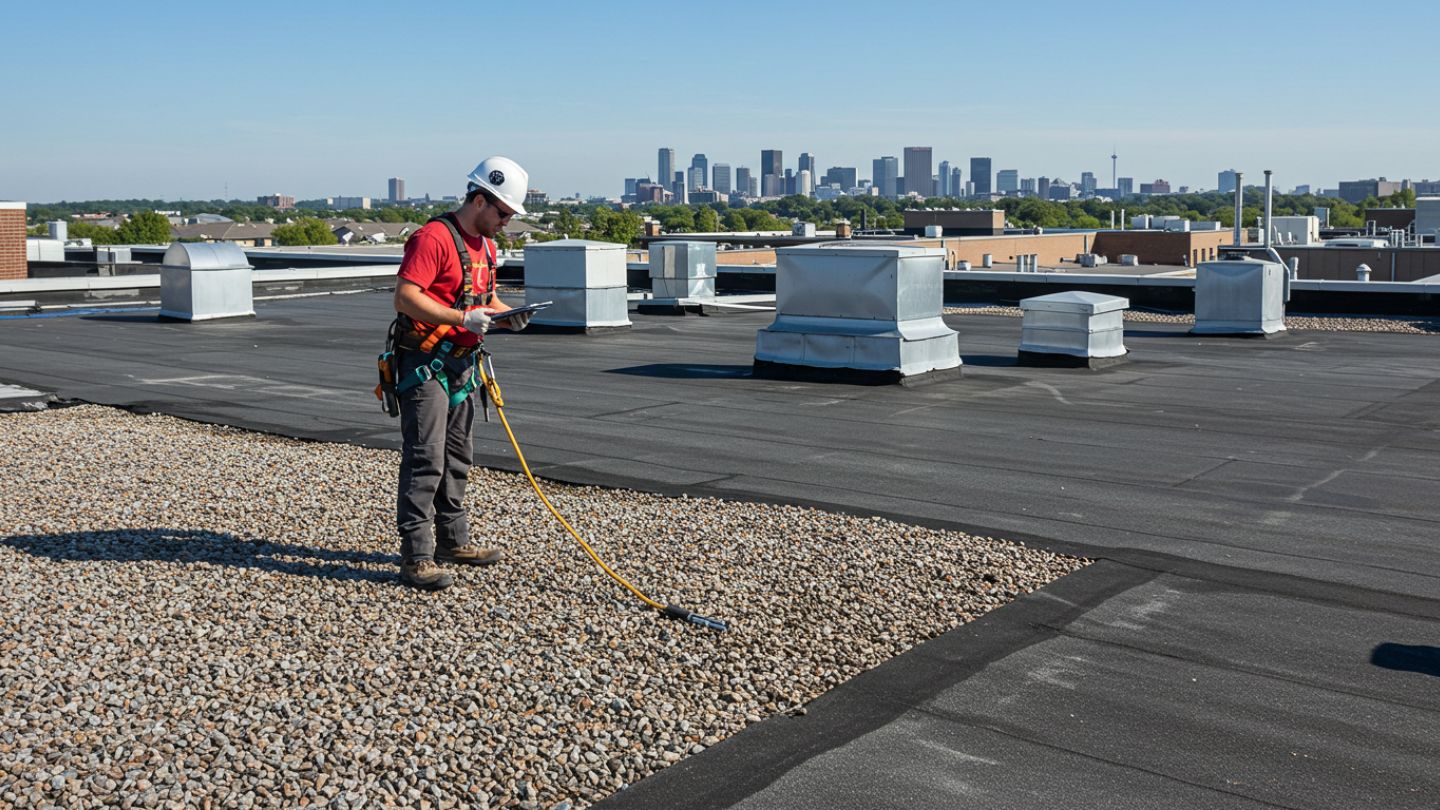
A built up roof membrane is one of the most durable roofing systems available, but like any investment, it needs consistent care to deliver its full lifespan.
Whether you manage a commercial property or own a home with a flat or low-slope built up membrane roofing system, knowing how to inspect, maintain, and address issues early can save you from costly repairs and unexpected downtime.
This guide walks you through practical steps to protect your roof, extend its service life, and keep your built up roof (BUR) membrane installation performing at its best.
Here’s what we’ll cover:
- What Is a Built-Up Roof Membrane?
- Why Regular Maintenance Is Critical
- Routine Maintenance Checklist for BUR Roofs
- Common Issues to Watch For
- Repair and Upkeep Strategies
- Climate-Specific Tips for Florida and High-Storm States
- When to Replace vs. Continue Maintenance
- Partnering with the Right Contractor
- Conclusion — Protecting Your Investment
First, let’s look at what a built-up roof membrane actually is and why understanding its structure is key to maintaining it.
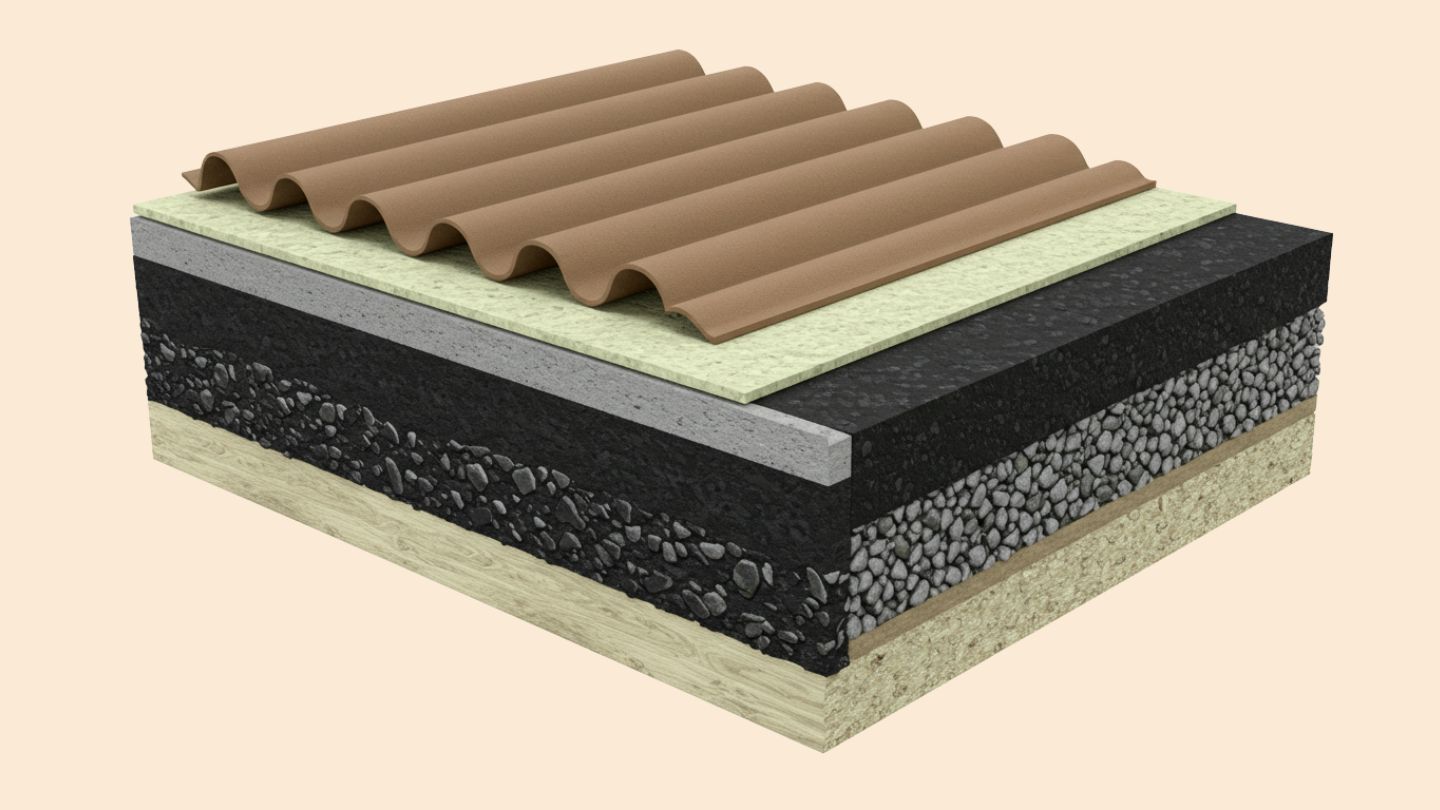
What Is a Built-Up Roof Membrane?
A built up roof membrane—often called BUR roofing—is a time-tested system designed to protect flat roof and low-slope roofs through a step-by-step BUR installation guide. Think of it as multiple layers working together like a sturdy, weatherproof blanket for your building. These layers typically include:
- Roofing felts or plies made from fiberglass or organic materials
- Bitumen (asphalt or coal tar) applied hot or cold to bind and waterproof the layers
- Gravel or mineral surfacing that shields the roof from UV rays, wind, and impact damage
This layered construction creates a strong, durable barrier against the elements, making a built up roofing membrane system a popular choice for commercial buildings, industrial facilities, and some residential properties.
In Florida and other storm-prone regions, the gravel surface plays an important role in resisting sun damage and protecting against flying debris during severe weather.
Key takeaway: A BUR system’s strength comes from its layers—each one serving a purpose in keeping water out, controlling temperature changes, and extending the roof’s life. Understanding these components will make it easier to spot early signs of wear and maintain your investment effectively.
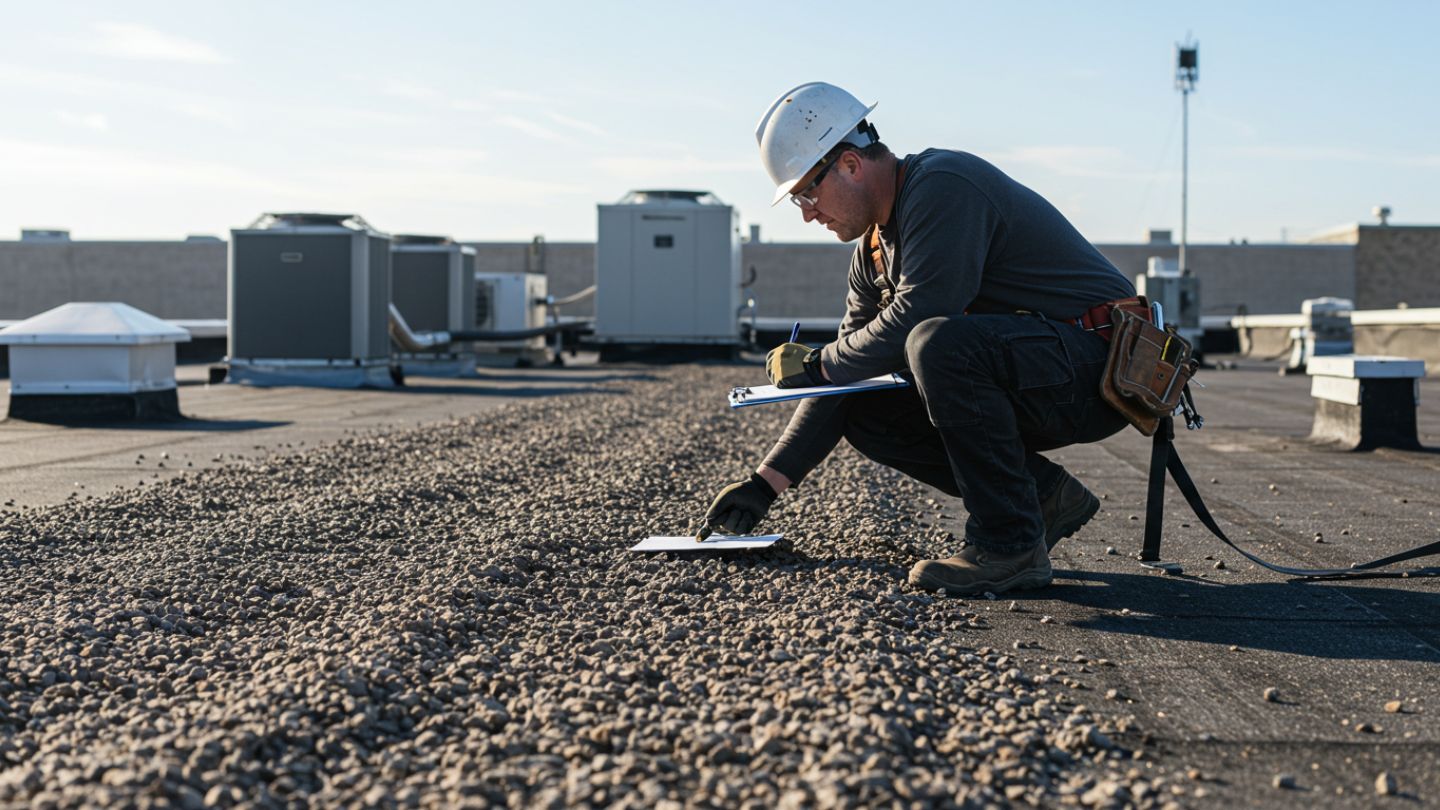
Why Regular Maintenance Is Critical
A built up roof membrane is built to last, but even the most durable roofing system can fail prematurely without consistent care. Regular maintenance isn’t just about keeping your roof looking good—it’s about preventing small, hidden issues from turning into costly repairs or full replacements, whether you’re managing a BUR system or factoring in metal roof maintenance costs.
Routine inspections and timely fixes help preserve the integrity of the membrane, protect your property from water intrusion, and maximize the roof’s expected lifespan.
In regions like Florida, where roofs endure intense UV exposure, heavy rain, and the occasional hurricane, the stakes are even higher. High heat can dry out bitumen layers, while storm-driven debris can dislodge gravel surfacing or damage roof flashing.
Without proactive maintenance, these conditions can accelerate wear, shorten your roof’s lifespan, and leave you vulnerable to leaks and structural damage.
Key takeaway: Regular maintenance is your best defense against Florida’s harsh climate and the rising built up roof membrane cost of unexpected repair bills. A small investment in preventive care can save you significant time, money, and stress in the long run.
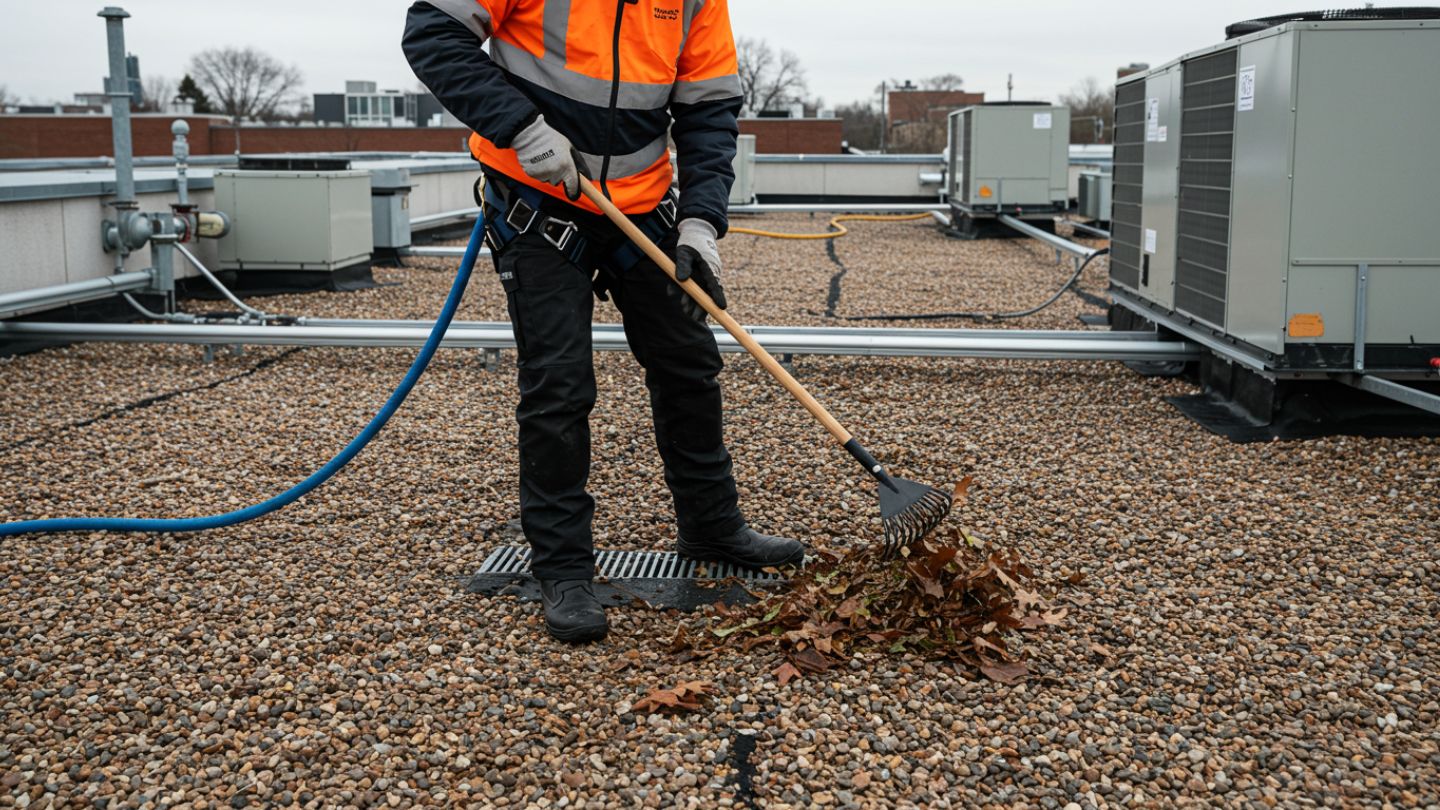
Routine Maintenance Checklist for BUR Roofs
SStaying on top of maintenance for a built up roof membrane doesn’t have to be complicated—start with these BUR roof maintenance tips. By following a clear checklist, you can address small issues before they become big problems and ensure your roof performs well year-round.
Monthly / Seasonal Inspections
- Clear debris: Remove leaves, branches, and trash that can trap moisture and block roof drainage.
- Check drainage: Make sure gutters, scuppers, and downspouts are clear so water doesn’t pond on the roof.
- Look for visible wear: Watch for areas where gravel is thinning, surfaces look cracked, or seams appear stressed.
- Inspect roof penetrations: Ensure vents, HVAC units, and skylights are sealed and flashing is intact. learn more about what roof flashing is and why it matters.
These quick checks can be done by property staff but should be documented for future reference.
Annual Professional Inspection
Even if your own inspections look fine, a licensed roofing contractor should perform a thorough review at least once a year, following an ultimate roof inspection checklist to catch what others might miss. They will:
- Identify blistering or cracks in the membrane that may not be visible from a distance
- Examine seams and roof flashing installation for separation or deterioration
- Assess gravel coverage to ensure the membrane is protected from UV damage
- Verify that the roof is compliant with safety and warranty requirements
For additional insights on keeping workers safe during inspections, see best practices for roof safety in commercial and residential settings.
An annual inspection is also a good time to review the roof’s condition against its warranty terms to avoid accidental voiding.
After Severe Weather
Florida’s storms and hurricanes can cause significant damage, even if it’s not immediately obvious. After any major weather event:
- Check for loose or missing gravel that may have been displaced by wind or hail
- Look for impact marks from debris, especially around rooftop equipment
- Inspect drainage points for blockages caused by storm debris
- Have a professional assess for hidden moisture intrusion that could cause mold or structural damage later, and consider prompt storm damage repair.
Key takeaway: A consistent maintenance schedule—monthly quick checks, annual professional inspections, and post-storm assessments—can add years to your BUR roof’s lifespan. Pairing in-house monitoring with expert evaluations ensures nothing slips through the cracks.
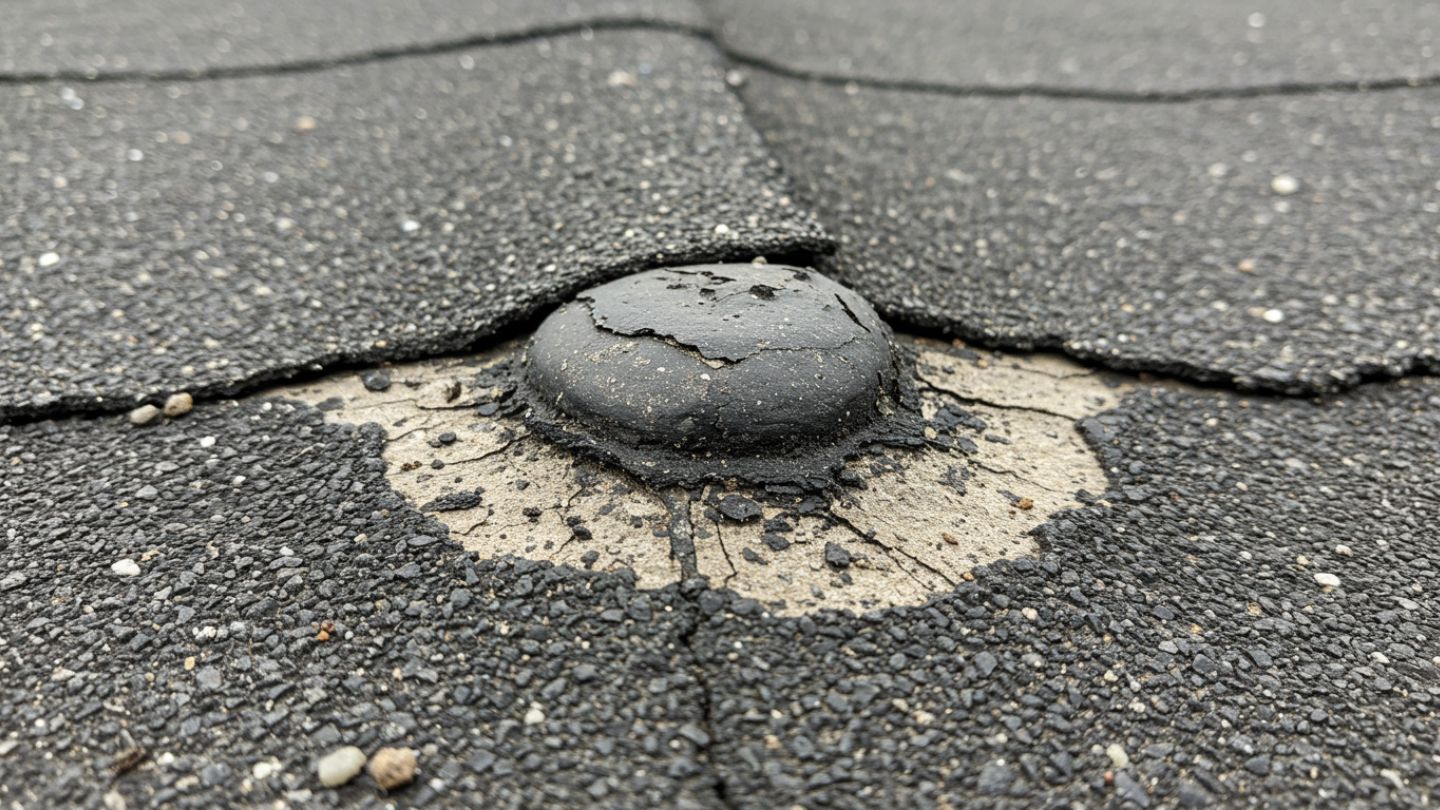
Common Issues to Watch For
Even a well-installed built up roof membrane can develop problems over time. Knowing what to look for—and acting early—can prevent minor issues from escalating into major repairs. Here are some of the most common concerns:
Blistering and Cracking
- Causes: Blisters form when moisture or air becomes trapped between layers of bitumen and felt. Cracking often occurs when the membrane becomes brittle due to prolonged sun exposure or temperature fluctuations.
- Prevention: Schedule routine inspections and maintain adequate gravel coverage to protect against UV damage, and use roof coating where applicable.
Ponding Water
- Risks: Standing water for more than 48 hours can lead to membrane degradation, leaks, and added weight stress on the roof structure.
- Solutions: Ensure drains and scuppers are clear, adjust slopes or install tapered insulation where needed, and repair low spots that encourage water pooling.
Loose or Missing Gravel
- Risks: Without a proper gravel layer, the membrane is exposed to harmful UV rays, accelerating aging and increasing the risk of cracking.
- Replacement Tips: After severe storms or heavy winds, check gravel distribution and have missing areas refilled promptly to maintain protection.
Damaged Flashing
- Impact: Flashing seals the transitions between the roof membrane and walls, vents, or equipment. If it’s bent, rusted, or detached, water can penetrate these vulnerable points.
- Prevention: Inspect flashing during every maintenance check and reseal or replace it at the first sign of damage.
Key takeaway: Small problems like blisters, ponding water, or loose gravel may seem minor now, but they can quickly escalate if ignored. Early detection and timely repairs—such as roof leak detection—are the most cost-effective way to protect your BUR roof investment.
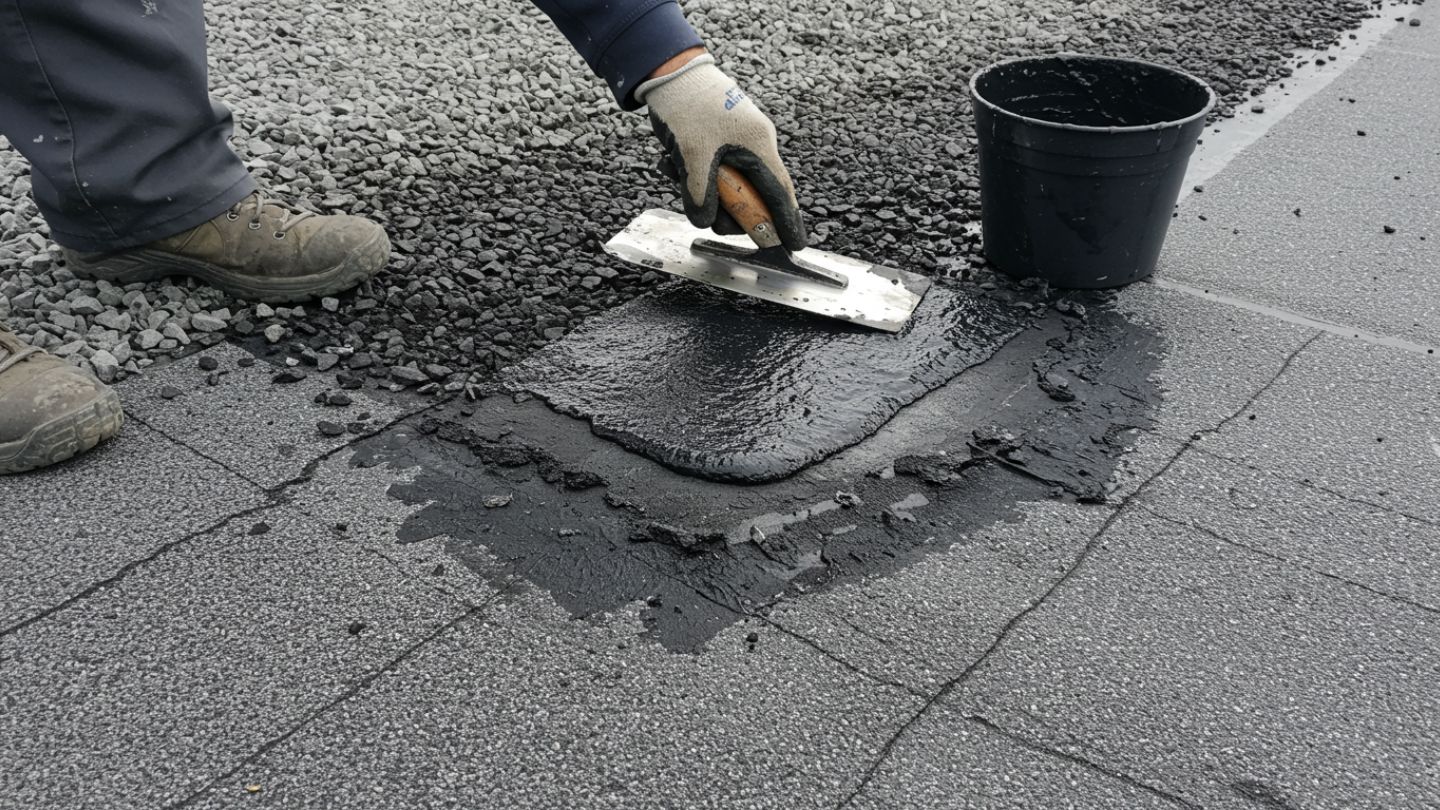
Repair and Upkeep Strategies
When issues do arise with a built up roof membrane, addressing them quickly and correctly can prevent further damage and keep your warranty intact. Depending on the problem, repair methods may include:
- Patching: Applying new bitumen and felt layers to a localized damaged area, often used for blisters, cracks, or punctures.
- Resurfacing: Adding a fresh protective layer of bitumen and gravel across the roof to restore UV resistance and extend lifespan.
- Resealing seams: Reinforcing or re-bonding membrane seams where separation has occurred, ensuring water can’t seep through.
While small, surface-level patches might be manageable for experienced maintenance staff, most BUR repairs should be handled by a licensed roofing contractor.
Professional service ensures repairs meet safety and building code requirements and helps maintain manufacturer warranty coverage—many warranties require certified roof repair.
In Florida’s challenging climate, delaying repairs can be costly. Heat, humidity, and storms can quickly escalate built up roof membrane repair cost, turning a small patch job into a much larger—and more expensive—project.
Key takeaway: Act fast, use the right repair method for the issue, and work with a qualified professional to protect both your roof and your warranty.
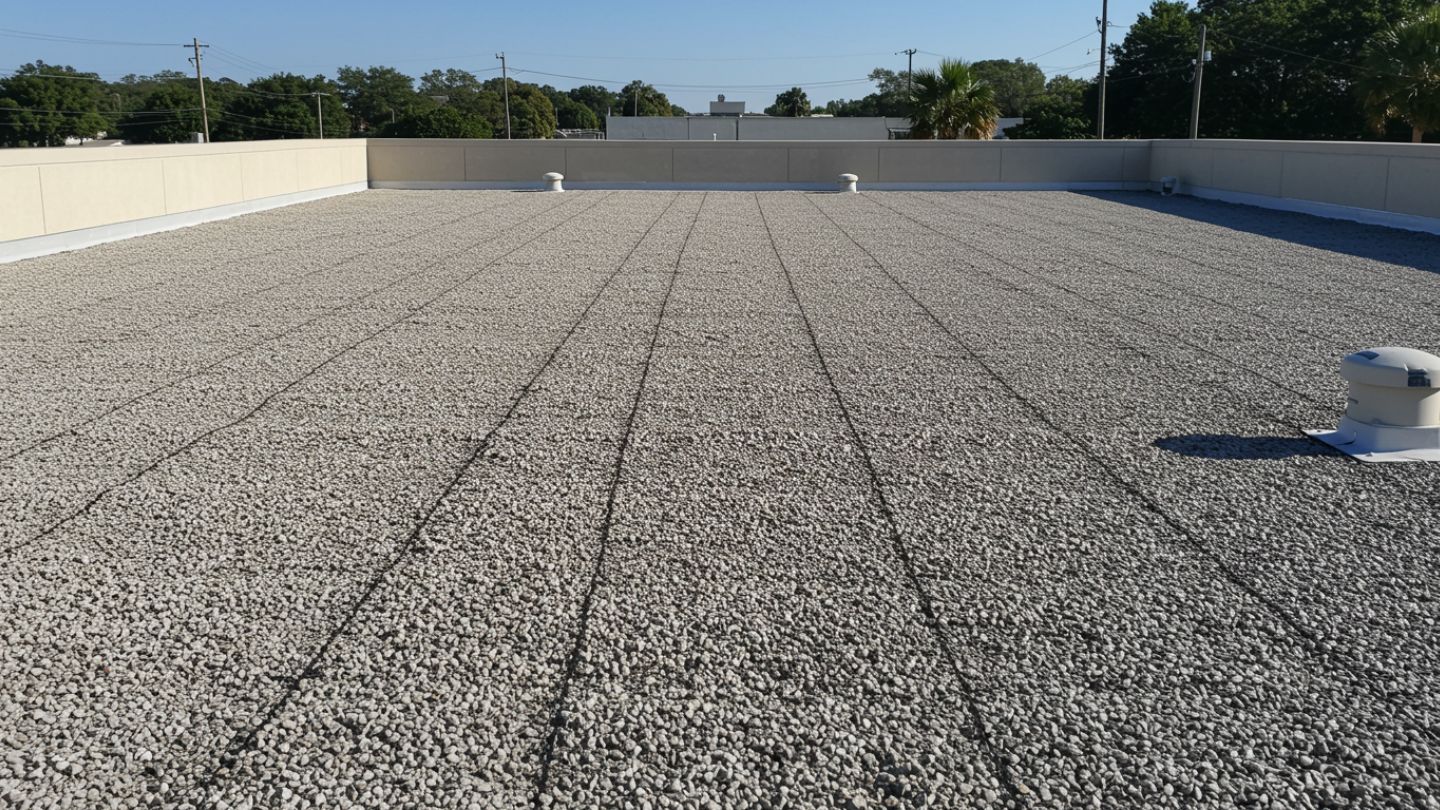
Climate-Specific Tips for Florida and High-Storm States
Maintaining a built up roof membrane in Florida and other high-storm regions requires extra vigilance. The combination of intense UV exposure, heavy rainfall, and hurricane-force winds can put even the toughest BUR systems to the test.
Proactive, climate-specific care helps you minimize damage risk and stay compliant with local regulations.
- Guard against UV damage: Ensure gravel coverage is consistent and consider roof waterproofing.
- Prepare for heavy rain: Keep drains, scuppers, and gutters clear before rainy season to prevent ponding water and overflow.
- Hurricane readiness: Secure rooftop equipment, check flashing integrity, and remove loose debris that could become airborne during a storm.
Insurance and Code Considerations: Some policies require proof of regular inspections, and compliance with the Florida Building Code may be necessary for certain repairs or upgrades.
Storm Season Checklist for BUR Roofs:
- Inspect gravel distribution and fill in bare spots
- Clear all drainage points and test water flow
- Check and secure flashing, vents, and rooftop equipment
- Schedule a pre-storm inspection or emergency roof repair if needed
Key takeaway: Adapting your maintenance plan to your climate is essential. In high-heat, high-storm areas, preparation before the weather turns severe can mean the difference between a quick fix and a full roof replacement.
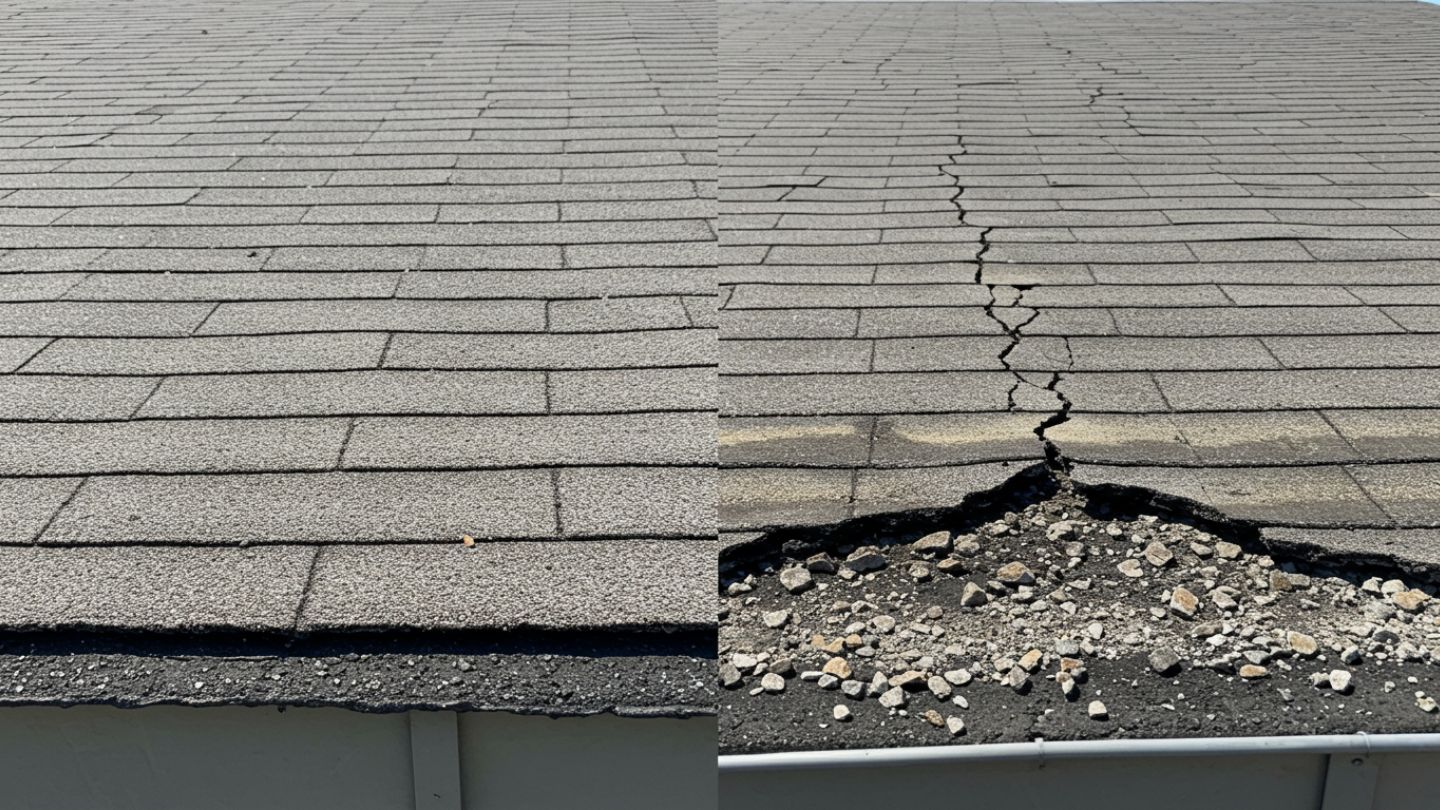
When to Replace vs. Continue Maintenance
Even the best-maintained built up roof membrane will eventually show signs you need a new roof, where repairs no longer make financial sense. Knowing when to replace your roof can save you from pouring money into short-term fixes.
Indicators it’s time to replace:
- Widespread blistering, cracking, or seam separation across large sections
- Persistent leaks despite multiple repair attempts
- Significant loss of gravel surfacing exposing bitumen in multiple areas
- Structural damage to insulation or decking caused by long-term water intrusion
Typical BUR Lifespan: With consistent care, a BUR roof can last 20–30 years, making the built up roof membrane price per square foot a valuable long-term investment. In harsher climates like Florida, the lifespan may be shorter without proactive UV and storm protection measures. Regular inspections and timely repairs can push your roof toward the upper end of that range.
Repair vs. Replace — Cost Considerations:
| Situation | Best Option | Reasoning |
| Isolated damage, less than 10% of total roof area | Repair | More cost-effective, extends life |
| Multiple problem areas, 25%+ of roof affected | Replace | Repairs become frequent and costly |
| Roof near end of expected lifespan | Replace | Better long-term investment |
| Damage from a covered insurance event | Replace | May be partially or fully covered |
At RayPro Roofing & General Contracting, we approach each assessment with transparency. If repairs will give you several more reliable years, we’ll recommend them. If replacement is the smarter move, we’ll help you plan for it—with financing options and clear estimates.
Key takeaway: Evaluate repair vs. replacement based on the roof’s age, condition, and overall built up roof membrane price per square foot—not just the immediate price tag. An honest inspection can prevent wasted spending and help you plan for the future.
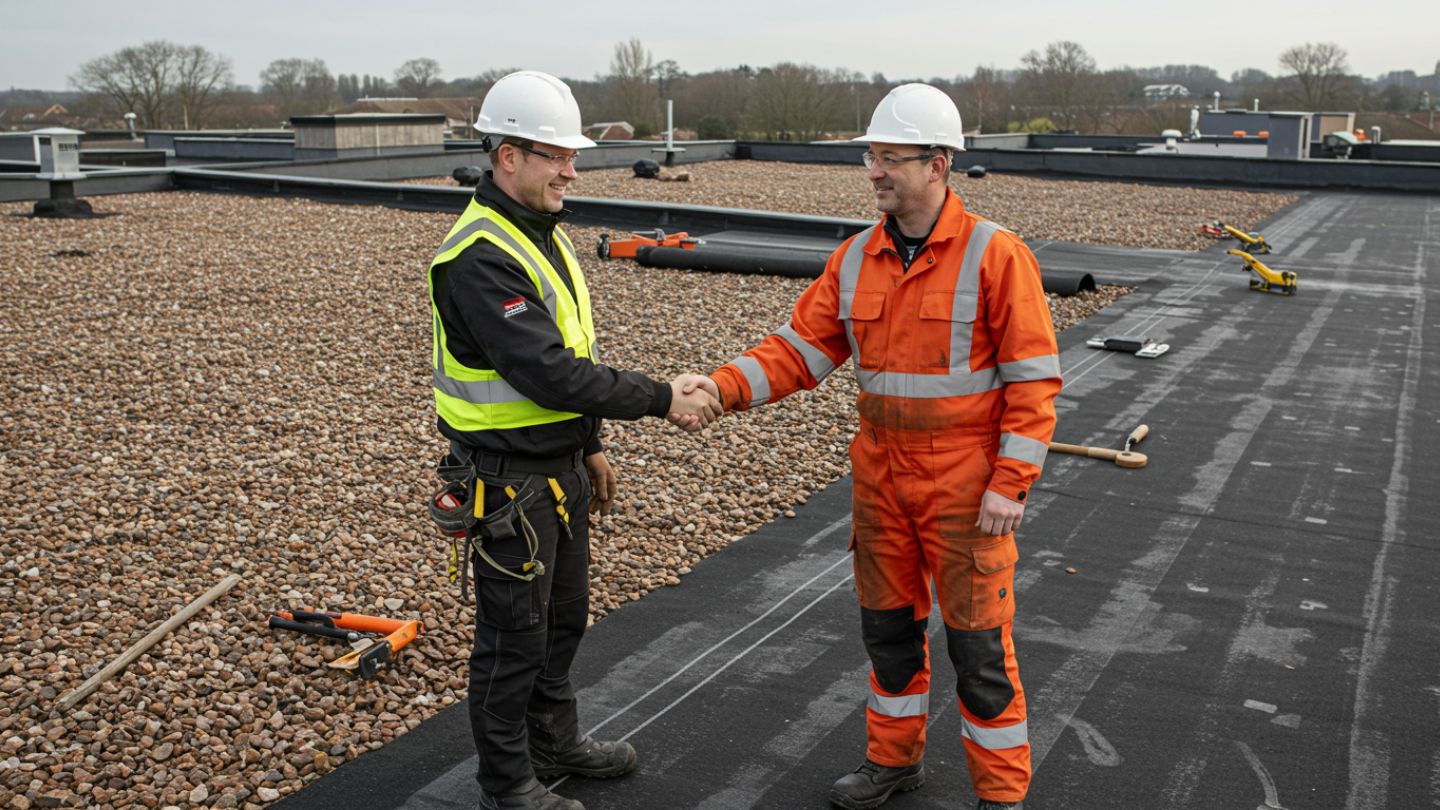
Partnering with the Right Contractor
Choosing the right contractor for your built up roof membrane maintenance can make all the difference in both performance and peace of mind. Look for a partner who offers:
- Proper licensing and insurance to protect you and your property
- Proven storm expertise, especially in hurricane-prone regions like Florida
- Strong warranty coverage and a clear explanation of what’s included
- A track record of reliability, on-time project delivery, and quality workmanship
Working with a reputable contractor ensures that repairs meet manufacturer specifications, preserving your warranty and extending your roof’s lifespan.
Why RayPro Stands Out: With over 17 years of experience and service across 17 states, we specialize in BUR maintenance, wind damage repair, storm restoration, and energy-efficient upgrades.
Our clients value our transparent pricing, full-service project management, and flexible financing options—all designed to make protecting your investment straightforward and stress-free.
Ready to get started? Schedule a free roof inspection or consultation with RayPro today. We’ll walk your property, show you exactly what we find, and give you an honest, no-obligation quote so you can make an informed decision.
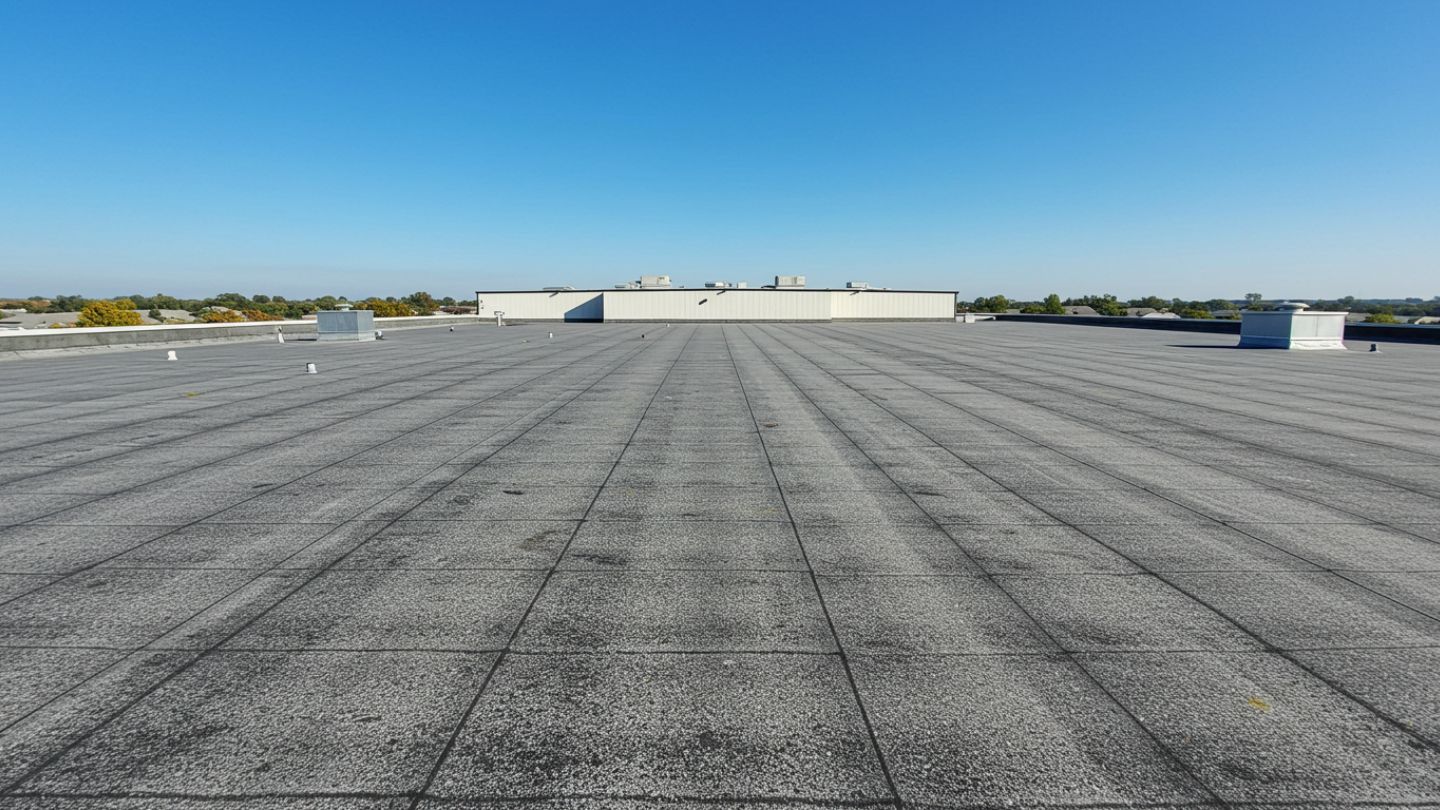
Conclusion — Protecting Your Investment
A built up roof membrane is one of the most durable roofing systems available, but its longevity depends on consistent, informed care. Regular inspections, timely repairs, climate-specific preparation, and working with a qualified contractor can extend its lifespan by years—saving you thousands in potential replacement costs.
Proactive maintenance not only preserves your roof’s performance but also protects your property, keeps tenants or residents happy, and ensures you’re ready for whatever the weather brings. The earlier you catch issues, the easier and more affordable they are to fix.
If you’re ready to safeguard your investment, let RayPro put our expertise to work for you. Schedule your free roof inspection or quote today—we’ll provide a clear, honest assessment and help you create a maintenance plan that delivers long-term value.
Frequently Asked Questions
At minimum, schedule two inspections per year—once in the spring and once in the fall—plus additional checks after major storms to match recommended roof inspection schedule practices. This ensures early detection of issues like seam separation, gravel displacement, or drainage problems.
With consistent care, a built-up roof membrane can last 20–30 years. In high-UV or storm-prone areas like Florida, proactive maintenance is essential to reaching the upper end of that range.
Small surface blisters may seem simple to fix, but improper repairs can damage surrounding layers or void your warranty. It’s best to have a licensed roofing contractor handle blister repairs to ensure safety, code compliance, and lasting results.
Florida’s intense sun can cause bitumen layers to dry out and crack, while heavy rain and hurricanes increase the risk of ponding water, flashing damage, and gravel displacement. More frequent inspections and pre-storm preparation are critical.
A thorough inspection includes checking membrane condition, gravel coverage, seams and flashing, drainage systems, and signs of leaks or structural issues. Professionals will also document findings for warranty and insurance purposes.
